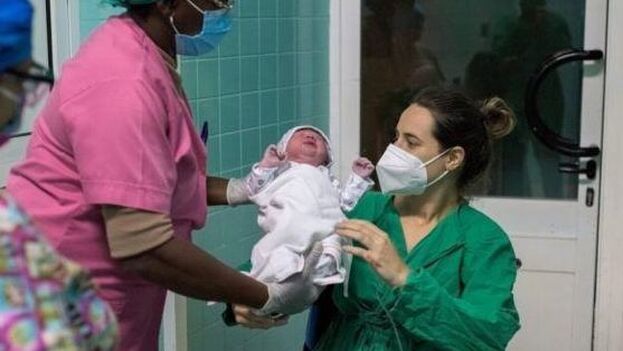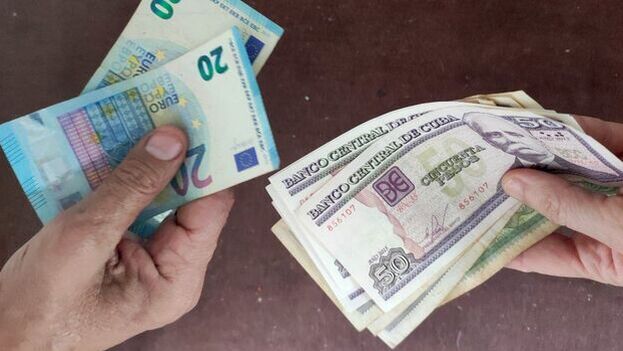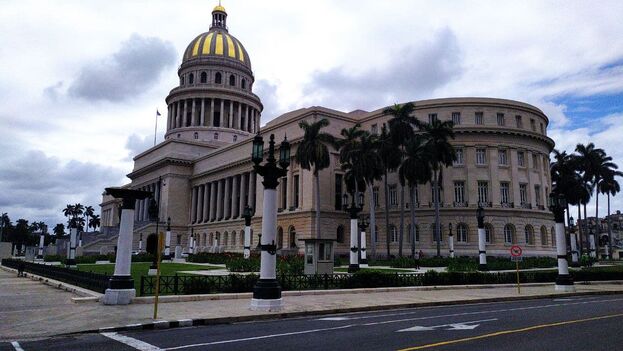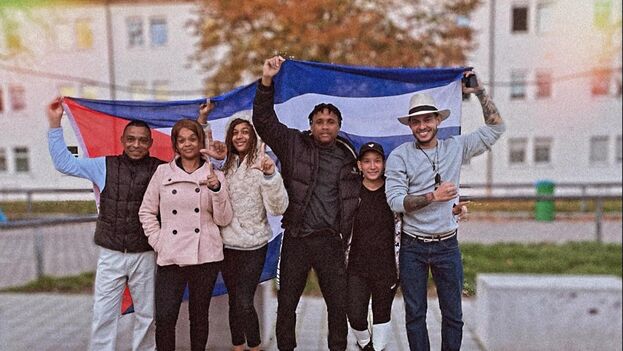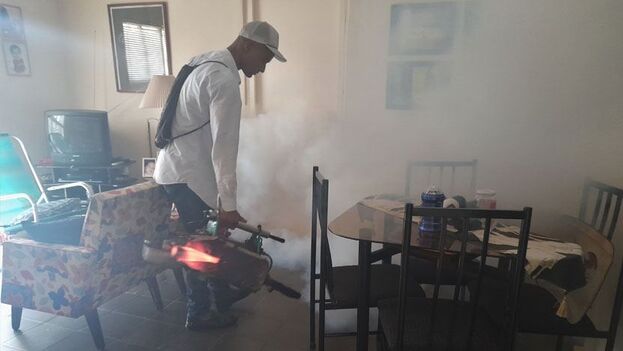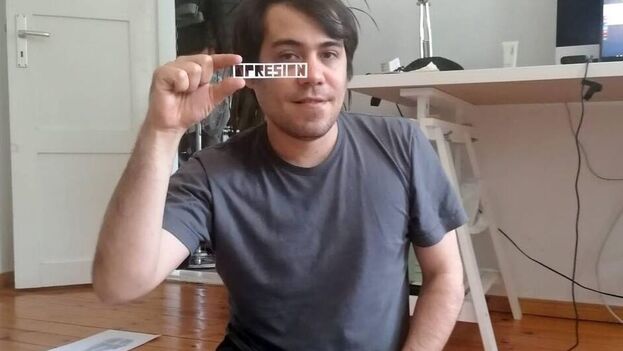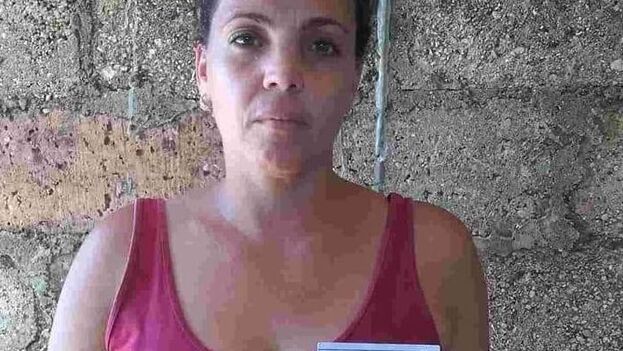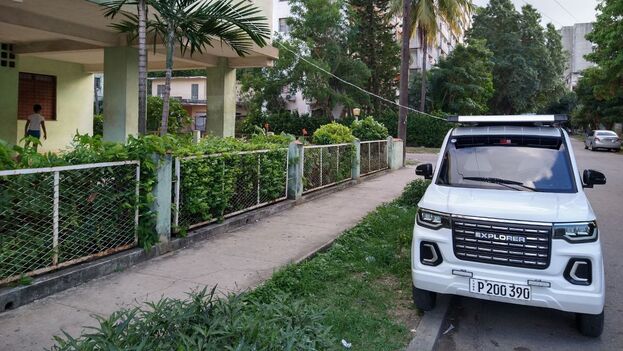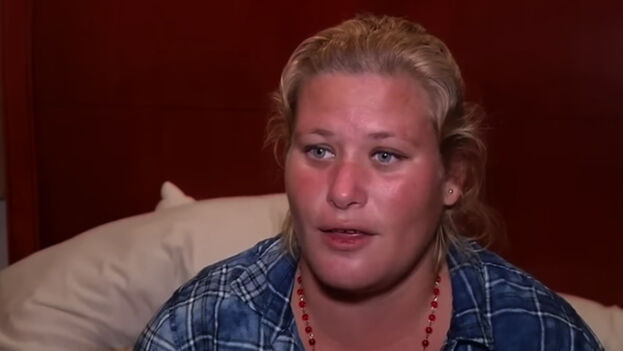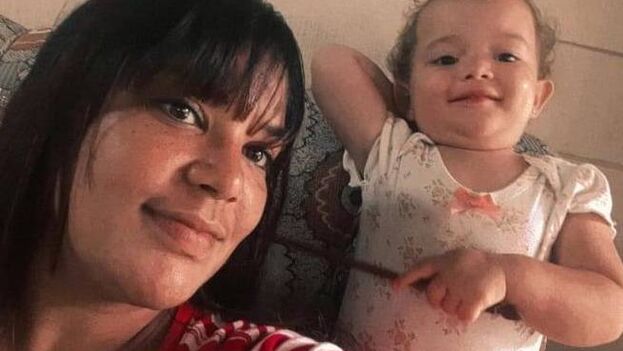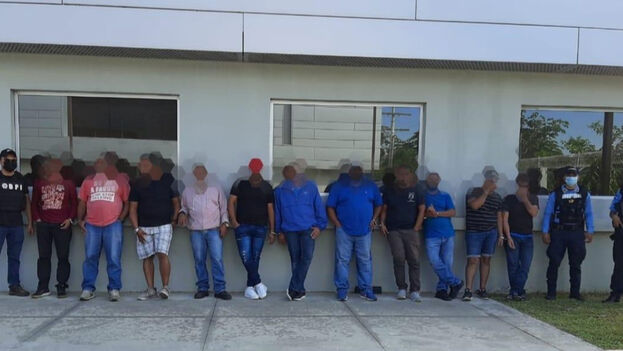
![]() 14ymedio, Havana, 11 November 2022 — The Transnational Criminal Investigation Unit (UTIC) of Honduras dismantled on Thursday a network of coyotes that transported migrants, mostly Cubans, through the Central American country to Guatemala. The National Police confirmed in a statement the capture of “eleven polleros* carrying 45 Cubans in vehicles.”
14ymedio, Havana, 11 November 2022 — The Transnational Criminal Investigation Unit (UTIC) of Honduras dismantled on Thursday a network of coyotes that transported migrants, mostly Cubans, through the Central American country to Guatemala. The National Police confirmed in a statement the capture of “eleven polleros* carrying 45 Cubans in vehicles.”
The traffickers used the municipality of Santa Cruz de Yojoa, in the department of Cortés, as a base for their operations. This is an obligatory route for migrants. According to data obtained by the UTIC, they approached people when they got off the wagons at the border.
The criminal group used homes in the Honduran municipalities of Guaimaca, Central District, Maraita and San Antonio, all in the department of Francisco Morazán, where they kept the migrants, and used cars to transport groups of four or five to avoid attracting the attention of the authorities. The detainees will be prosecuted for the “blatant crime of illicit trafficking in people.”
At the time of their arrest, the coyotes carried 21,200 lempiras (Honduran currency), 244 dollars, 150 Cuban pesos, 1,000 Costa Rican colones, 2,000 Colombian pesos, 120 Nicaraguan córdobas, 20 Uruguayan pesos and 20 Venezuelan bolívares. In addition, several cars and a van were confiscated. continue reading
The Cubans were handed over to the National Institute of Migration of Honduras where they began the procedures to regularize their stay in the country and be able to continue their journey to the United States.
According to the figures on migrants, updated until November 7, 145,959 people have illegally entered Honduras, of which 59,055 are of Cuban origin.
Migrants from the Island have complained that in their passage through the Central American country they face the collection of fines by the immigration authorities and extortion of the police, who demand the payment of 20 dollars at the checkpoints.
The passage from Honduras to Guatemala is essential for the journey of Cubans to the US border. On Tuesday, the Guatemalan National Civil Police arrested 50 Cubans, including seven minors, who were traveling in a truck that covered the route between Buenos Aires and Río Dulce, in Livingston, department of Izabal.
This group was taken to the Agua Caliente border. By not carrying the category C control visa, one of the requirements for entry into Guatemalan territory, in addition to a current passport, the Migration authorities can authorize expulsion.
*Translator’s note: pollero — derived from pollo, or chicken — literally means ‘chicken herder.’ The term is equivalent to coyote — that is people smuggler.
Translated by Regina Anavy
____________
COLLABORATE WITH OUR WORK: The 14ymedio team is committed to practicing serious journalism that reflects Cuba’s reality in all its depth. Thank you for joining us on this long journey. We invite you to continue supporting us by becoming a member of 14ymedio now. Together we can continue transforming journalism in Cuba.

